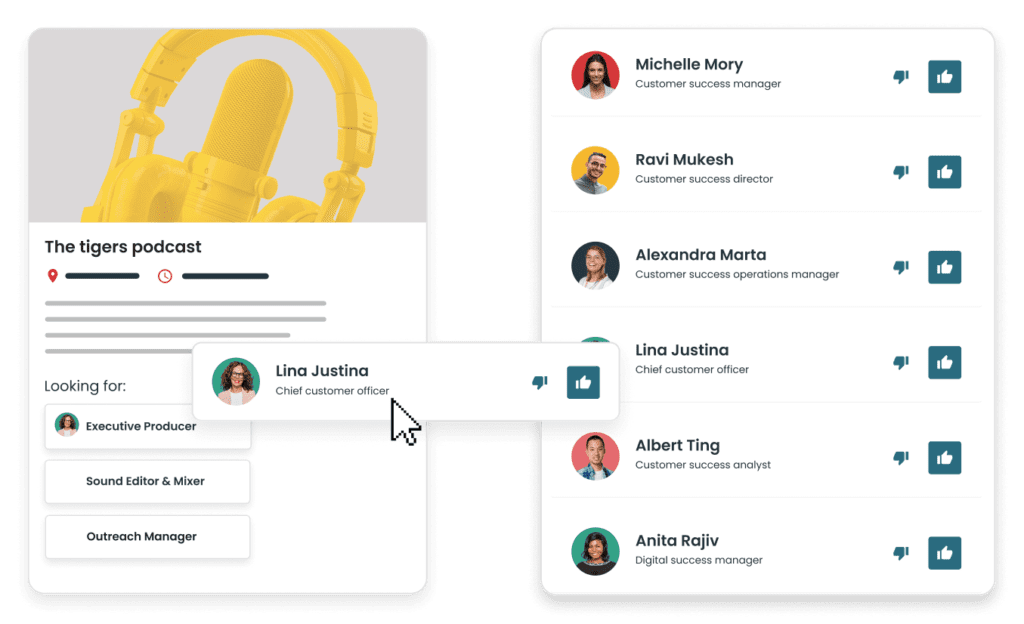Why the future of HR is rooted in skills and people analytics
David Green explores how data-driven insights are transforming talent management

Faced with rising inflation and continuous disruption, executives know they need to evolve their operating models to overcome today’s climate of instability. Shockingly, 40% of CEOs say their companies won’t be viable in the next 10 years if they stick to their current path.
While leaders are eager to recalibrate their strategies, businesses can’t afford to miscalculate priorities during an economic downturn. To minimize risk and set their organizations up for success in an ever-changing world, executives are looking to data-driven insights to help them carve the right path forward. In the People Analytics Trends Report that Insight222 put out, we found that 85% of CHROs are making it clear that data is an essential part of their HR strategy.
Yet, companies can’t rely on the same old data collection and analysis processes to identify emerging challenges and organizational priorities. Instead, businesses must embrace new people analytics tools and mindsets that will equip leaders with the skills and workforce planning insights they need to drive impact amidst ongoing uncertainty.
The state of people analytics: expansion and rising influence
While people analytics as a practice is nothing new, the field’s growing influence is. Insight222 found that optimism within the field is at an all-time high, particularly as human resources evolves to become more data-driven than ever before. To support this shift, companies are upping their investments, with 65% of organizations increasing the size of their people analytics teams in 2022.
At a time when leaders may feel like they’re juggling competing priorities, the right people analytics approach separates the signal from the noise. It can help organizations understand which initiatives are making an impact, as well as identifying the segments of their workforce that are most in need of engagement and skill-building efforts.
What does a leading people analytics strategy look like?
While every organization’s approach to people analytics differs, our research at Insight222 identified a handful of best practices that companies that are leaders in the function have in common. These shared characteristics are:
- The people analytics leader actively influences the C-suite through their close reporting relationship with the CHRO
- People analytics teams focus their work on the most important business priorities
- The people analytics leader invests in each of three key skills for the function: data science, behavioral science, and consulting
- People analytics activities should be measured and assessed to ensure they’re delivering financial value
- People analytics should empower managers and executives across the organization by democratizing data to inform their decision-making processes
- People analytics teams focus on delivering personalized people analytics products that their entire workforce will use
- The CHRO is committed to harnessing data and analytics to inform all facets of HR strategy and invests in developing the data literacy of HR business partners
Spotlighting skills: how people analytics leaders are bringing skills-based strategies to life
As executives look to people analytics leaders to inform future strategies, there’s one shift that is rising to the top of everyone’s radar: skills-based transformations. 89% of business executives plan on moving more toward becoming a skills-based organization and 90% of companies are actively experimenting with these strategies now.
People analytics leaders are often at the helm of workforce planning efforts, in which companies analyze their supply and demand of talent and assess current and future skill gaps. 53% of the organizations that Insight222 surveyed reported having a people analytics leader whose primary responsibility is workforce planning. By analyzing existing knowledge gaps and emerging demands for new capabilities, these individuals play a crucial role in powering their company’s shift to becoming a skills-based organization.
To empower leaders who are looking for data on the supply and demand of skills, a growing number of organizations are harnessing specialist people analytics technologies, including AI-powered talent marketplaces and skills intelligence tools. 52% of the companies we surveyed are using talent marketplaces and skills inference technologies to bring skills, learning, and careers together to create better mobility for employees and bridge talent gaps.
Why skills and people analytics are the building blocks for future-fit HR strategies
When the working world was stable and predictable, HR teams could rely on tried-and-tested processes and tools. But now that we’re contending with an array of new challenges ranging from rising inflation to growing knowledge shortages, talent management and data strategies need to evolve accordingly.
Rather than sticking with what’s familiar or making an educated guess about organizational priorities, leading companies are harnessing data-driven insights to finetune their approach. That means that people analytics leaders are now playing a crucial role in helping their organizations prepare for the future of work by assessing their company’s supply and demand of skills.
With the help of AI-powered tools, HR and people analytics leaders can gain in-depth insight into where capabilities lie and how they can be harnessed to maximize performance and efficiency. To capitalize on their workforce’s full potential, organizations need an intelligent skills infrastructure—which is exactly what these systems provide.
Some skills intelligence tools even include benchmarking that shows leaders how their workforce’s capabilities stack up, as well as skills assessments that infer and enrich skill sets based on market and company data. People analytics leaders can then leverage these insights to make data-driven workforce planning decisions that will prepare their organizations for the challenges that the new world of work brings.
If you’re interested in learning more about the frameworks and tools that leading organizations are using to bring data and people analytics to the forefront, check out the podcast series Gloat and I partnered on.






